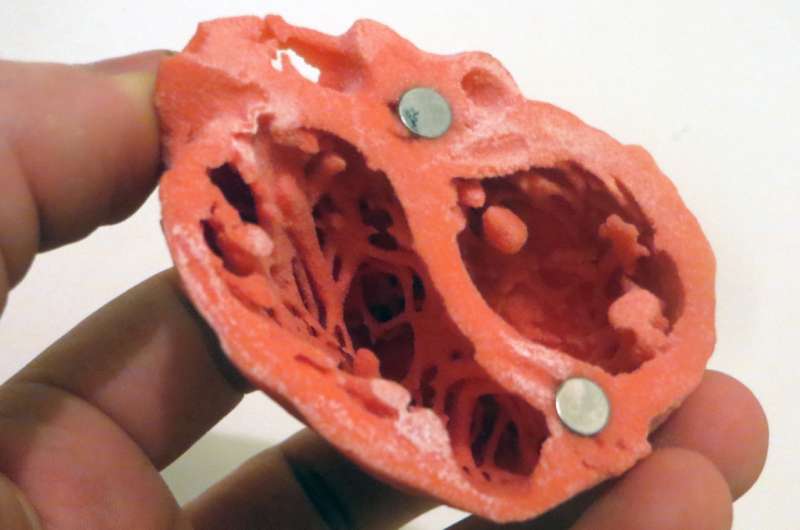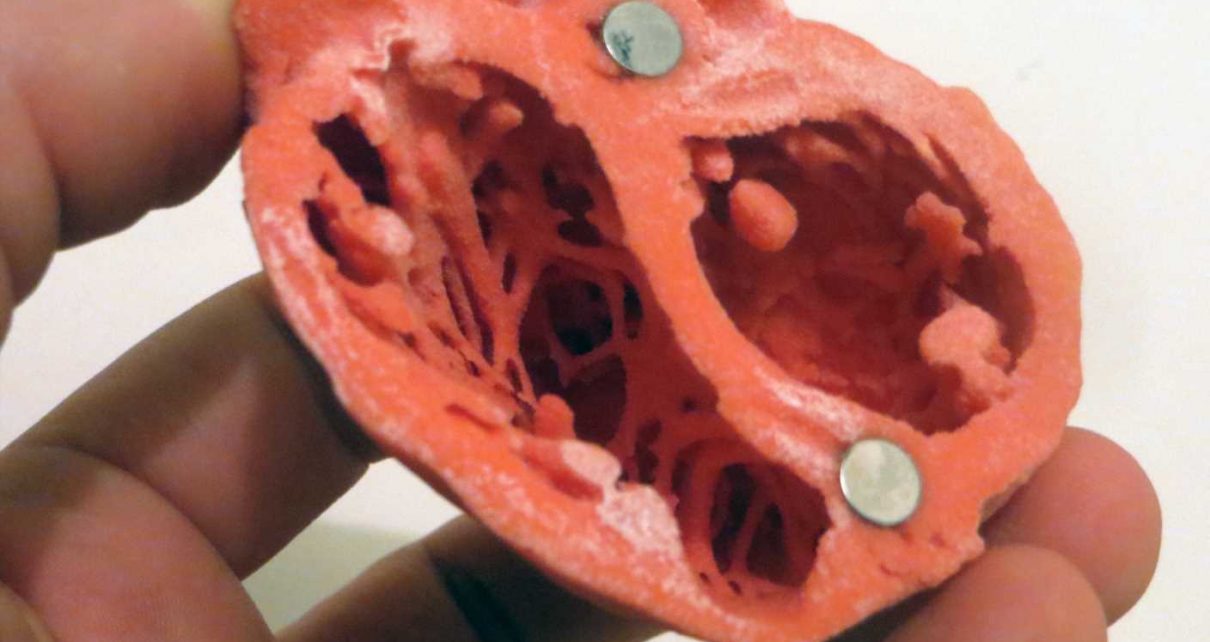
Advancements in techniques and treatment have transformed care for patients with cardiovascular disease over the last decade, and national and state-wide initiatives have been put in place to help close disparity gaps and improve treatment for all patients. But a study by investigators from Brigham and Women’s Hospital found that gaps remain, and that female patients and patients who live in lower income neighborhoods have higher rates of death following cardiovascular and thoracic procedures. The team also found that female patients had higher rates of urgent procedures and were in poorer health when they received surgery. Results are published in The Journal of Thoracic and Cardiovascular Surgery.
“Disparities in cardiac surgery are still with us, and they are larger than we thought they would be given everything we thought had been done to address them,” said lead author Paige Newell, MD, of the Center for Surgery and Public Health and Division of Cardiac Surgery at the Brigham. “We were hoping to be able to report that disparities had improved, but our national study of five types of cardiac surgeries shows us that more needs to be done to close the disparity gap.”
“Our study shows that disparities in outcomes are worst for females and low-income patients,” said corresponding author Tsuyoshi Kaneko, MD, of the Division of Cardiac Surgery. “We need to think about why and what we can do on a societal level. Right now, we are just tapping at the front door—there is a lot more that we need to understand about health equity and how sex, socioeconomic status and patient outcomes are interlinked.”
In one of the largest national studies to date, investigators analyzed data from the Nationwide Readmissions Database for patients who underwent coronary artery bypass graft (CABG), surgical aortic valve replacement (SAVR), mitral valve replacement (MVR), mitral valve repair (MV repair), or ascending aorta surgery in 2016-2018. This included 358,762 patients.
Researchers found that fewer women underwent CABG (22.3 percent), SAVR (32.2 percent), MV repair (37.5 percent), and ascending aorta surgery (29.7 percent) compared to males and had higher 30-day mortality rates for each procedure. Patients in the lowest median household income quartile (MHIQ) also had higher 30-day mortality rates for these procedures compared to patients in the highest income quartile.
“Cardiac surgery is primarily being performed on males, even though females are presenting with a higher comorbidity burden and frailty score,” said Newell. “The disparities in outcomes we are seeing may be due to under-diagnosis and under-treatment of cardiac disease in women.”
While women made up the majority of patients undergoing mitral valve replacement, researchers note that further study is needed to determine if this is because of lower rates of repair, differences in pathology, lower rates of diagnosis or delays in surgical treatment.
Lower MHIQ residing patients had higher comorbidity burdens, higher proportions of urgent admissions, received less care at urban and academic hospitals, and had higher 30-day mortality rates.
Source: Read Full Article



